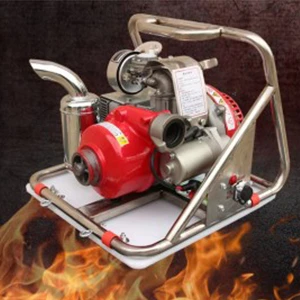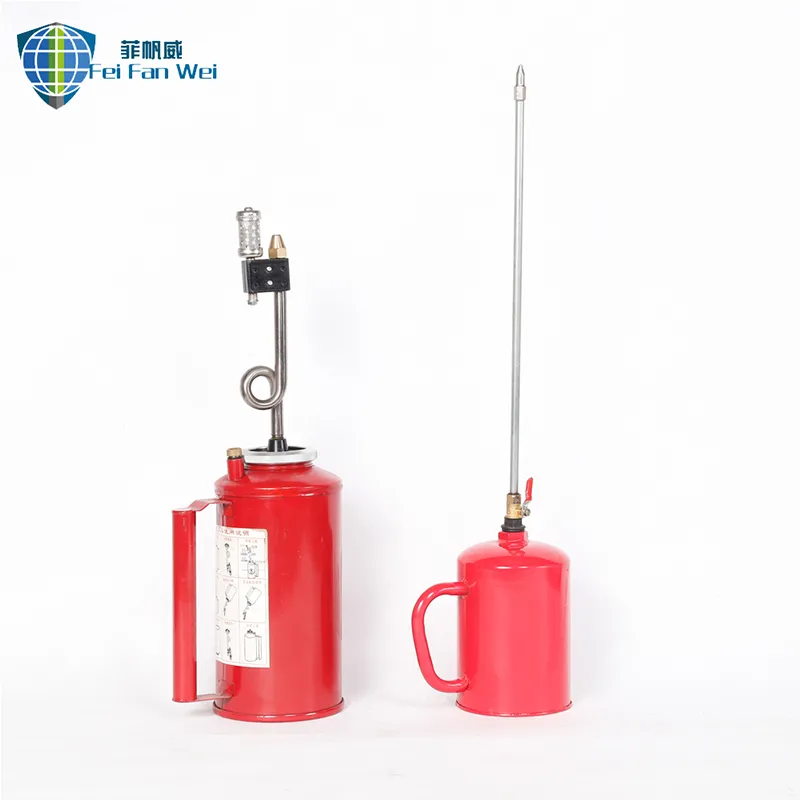

Each type of hose is developed to accommodate specific fire scenarios and environmental factors. The choice of a particular hose involves evaluating the fire situation, the type of fuel involved, terrain, and other logistical considerations. Firefighting experts suggest routine inspections and maintenance, such as hydrostatic testing and visual checks, to certify the integrity and performance of hoses across varied operational settings. Beyond the technical specifications, the deployment and maintenance of fire delivery hoses demand a strong understanding of their operational roles. Training is paramount, emphasizing on-the-ground experiences to sharpen individuals' proficiency in hose handling under pressure. Credible training programs infuse practical skills with theoretical knowledge, rendering firefighters competent to execute their duties efficiently with the equipment at hand. Investments in quality fire hoses translate into enhanced operational safety, reliability, and performance. Fire departments and emergency services continually update their inventories with advanced hose types to meet modern-day firefighting challenges. This commitment underscores the authoritative stance that only top-tier, trusted equipment is utilized in safeguarding communities and extinguishing fires, affirming the reputation of fire services as esteemed protectors against fire hazards. In summary, the diversity of fire delivery hoses, from attack and supply hoses to booster and forestry types, highlights the sophistication and specialized nature of firefighting equipment. Grounded in solid expertise and experience, along with continuous assurance of trust and authority, these hoses remain pivotal in effective fire suppression strategies across the globe.





















